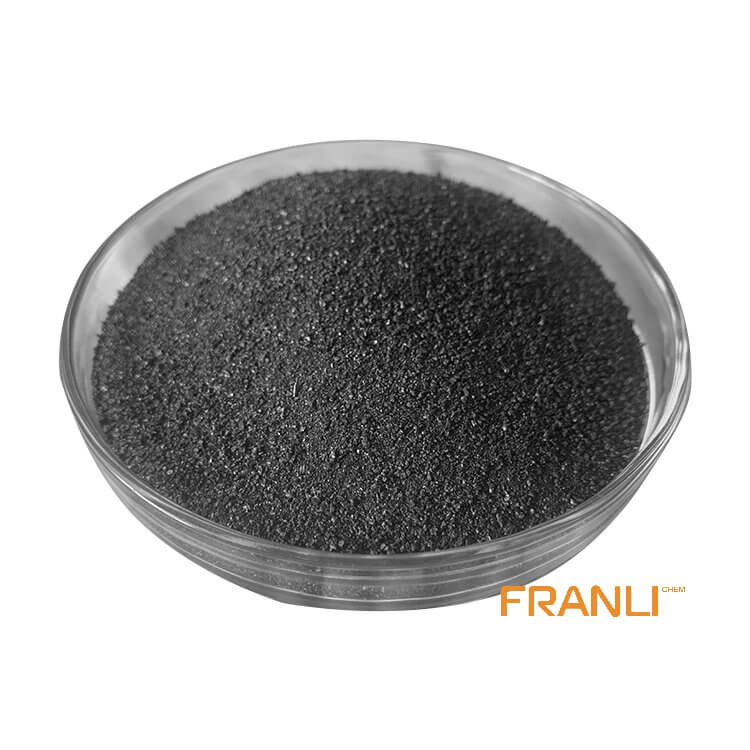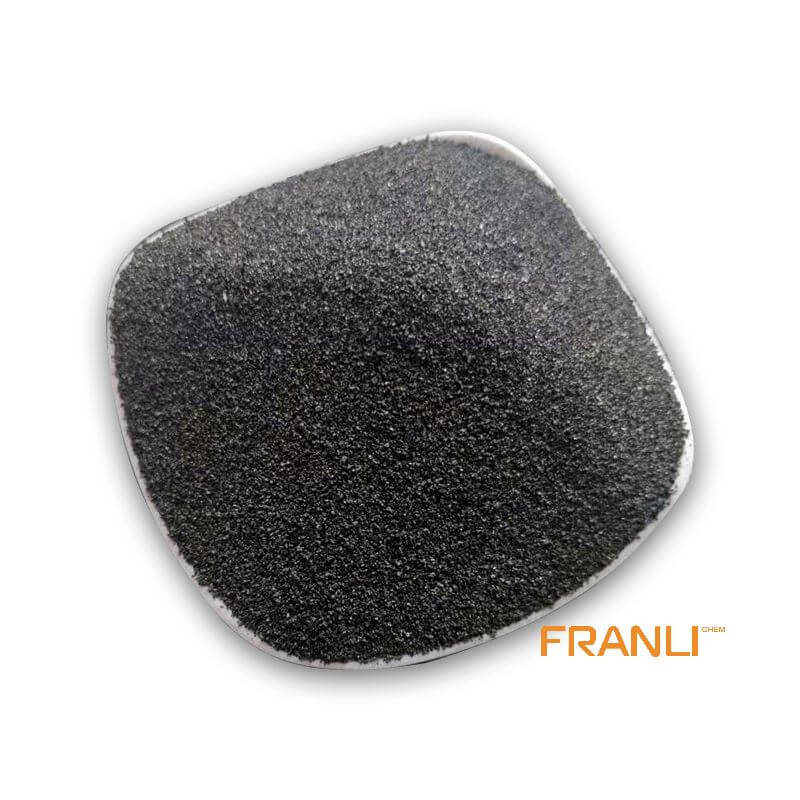


Petroleum Coke
Size
According to your requirements
Package
25 kg small bags into ton bags or ton bags
Features
Low ash content and low boiler ash discharge, etc.
Application
Depending on its quality, petroleum coke can be used in industries such as graphite, smelting and chemical industry, etc
Petroleum coke, as a byproduct of petroleum, is produced in the process of petroleum processing, that is, the crude oil is distilled to separate light and heavy oil, and the heavy oil is converted into petroleum coke by hot cracking. If petroleum coke can be obtained directly from petroleum processing, then the petroleum coke is raw coke or ordinary coke. Petroleum coke has irregular shape, dark gray or black, porous structure and metallic luster.
Request a quotePetroleum coke in the calcination generally control the temperature at 1300 °C, can improve the strength of its coke, conductivity and other physical and chemical properties, usually the environment, product and other control, Franli factory through the glass factory needs to burn it understanding, the effect on the product example. Petroleum coke calcination is an important process in the coal process, and the calcination operation is to preheat the coal raw materials at high temperature under the condition of isolating the air.
Graphite electrodes are mainly made of petroleum coke and needle coke, and coal tar pitch is used as a binder. They are made by calcination, batching, kneading, pressing, roasting, graphitization, and machining. They release electric energy in the form of arcs in electric arc furnaces. The conductors for heating and melting the charge can be divided into ordinary power graphite electrodes, high power graphite electrodes and ultra-high power graphite electrodes according to their quality indicators. Taking advantage of the excellent physical and chemical properties of graphite electrodes, the carbon product industry, which mainly produces graphite electrodes, has become an important part of the contemporary raw material industry. The main raw material for graphite electrode production is petroleum coke. A small amount of pitch coke can be added to ordinary power graphite electrodes. The sulfur content of petroleum coke and pitch coke cannot exceed 0.5%. Needle coke is also required when producing high-power or ultra-high-power graphite electrodes. The main raw material for aluminum anode production is petroleum coke, and the sulfur content is controlled not to exceed 1.5% to 2%. Petroleum coke and pitch coke should meet the relevant national quality standards.

Classification for graphite electrode
1. Ordinary power graphite electrode
It is allowed to use graphite electrodes with a current density lower than 17A/cm2; the upstream raw materials are mainly petroleum coke and coal tar pitch, and the downstream applications are mainly used for ordinary power electric furnaces such as steelmaking, silicon refining, and yellow phosphorus refining.
2. High power graphite electrode
It is allowed to use graphite electrodes with a current density of 18~25A/cm2; the upstream raw materials are petroleum coke and coal tar pitch, and needle coke is added, and the downstream applications are mainly used in high-power electric arc furnaces for steelmaking.
3. Ultra-high power graphite electrodes
Graphite electrodes with a current density greater than 25A/cm2 are allowed; the upstream raw materials are petroleum coke, needle coke, and coal tar pitch, and the content of needle coke is greater than that of high-power graphite electrodes. The downstream applications are mainly used in ultra-high-power steelmaking electric arc furnaces.

Petroleum coke end product application
1) Used in electric arc steelmaking furnace
Electric furnace steelmaking is a major user of graphite electrodes. my country’s electric furnace steel production accounts for about 18% of crude steel production, and graphite electrodes for steelmaking account for 70% to 80% of the total graphite electrode consumption. Electric furnace steelmaking is to use graphite electrodes to introduce current into the furnace, and use the high-temperature heat source generated by the arc between the electrode end and the charge to smelt.
(2) Used in submerged heat electric furnace
The submerged thermal electric furnace is mainly used for the production of industrial silicon and yellow phosphorus, etc. It is characterized in that the lower part of the conductive electrode is buried in the charge, an arc is formed in the charge layer, and the heat energy emitted by the charge’s own resistance is used to heat the charge. Submerged arc furnaces with higher density need to use graphite electrodes. For example, about 100kg of graphite electrodes are consumed for producing 1t of silicon, and about 40kg of graphite electrodes are consumed for producing 1t of yellow phosphorus.
(3) For resistance furnace
Graphitization furnaces for the production of graphite products, melting furnaces for melting glass, and electric furnaces for the production of silicon carbide are all resistance furnaces. The materials in the furnace are both heating resistors and objects to be heated. Usually, graphite electrodes for conductivity are embedded in the end of the resistance furnace. In the furnace head wall at the bottom, the graphite electrodes used here are discontinuously consumed.
(4) For the preparation of special-shaped graphite products
The blanks of graphite electrodes are also used to process various shaped graphite products such as crucibles, moulds, boats and heating elements. For example, in the quartz glass industry, 10 tons of graphite electrode blanks are needed for every 1 ton of electric fusion pipe produced; 100 kg of graphite electrode blanks are needed for every 1 ton of quartz bricks produced.
At present, the quality of petroleum coke is difficult to control stably. The quality of petroleum coke of Franli is constantly researched and developed, which can be applied in all production stages. If you need it, you can contact us.



